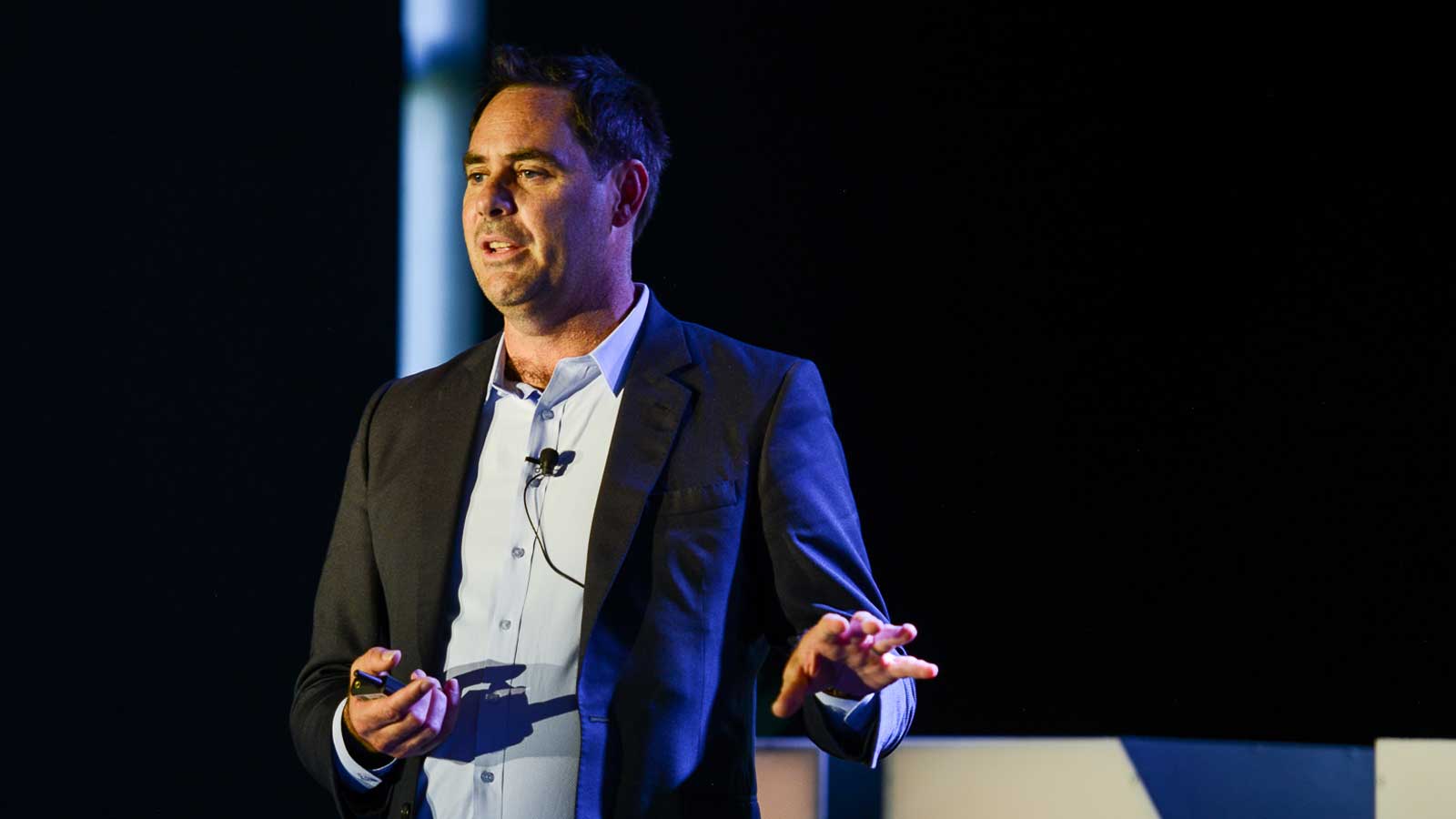Advisers have become ‘overly reliant’ on capital growth to drive returns
“It’s not about forecasting if it is going to rain, one should always carry an umbrella” explained Hugh Selby-Smith when discussing the ‘system challenge’ facing investment advisers as we move deeper into 2022.
Speaking at The Inside Network’s Equities and Growth Assets Symposium in Sydney, Selby-Smith delivered a wide-ranging, thought-provoking presentation on the significant challenge for any fiduciary building portfolios today. The main issues are well appreciated and near consensus, being the higher current starting valuations of markets, decelerating rates of economic growth as stimulus dissipates and more important a rising interest rate environment.
After decades of ‘deflationary support’ which came from multiple sources including the explosion of debt, favourable demographics and disruption, a unique challenge lies ahead in the form of inflation, he explained. Pointing to the opening presentation from BCA Research, which highlighted the fact that equity markets tend to perform quite strongly in the early stages of an increasing rate environment, he flagged the risk in assuming this will pan out as expected.
Chief among Selby-Smith’s concerns was the fact that most data in rising interest rate environments have come only since the 1990s, and ignores a significant amount of history that came before the gold standard was broken. In every major drawdown reviewed, including the GFC when equities fell more than 40 per cent, government bonds offered some level of cushioning due primarily to their higher starting point (they were around 6 per cent in 2007).
Yet in the March quarter of 2022, the traditional 60/40 balanced portfolio suffered its worst three-month period in history, with both bonds and equities selling off due to the threat of higher rates. In many ways, long duration government bonds have become uninvestable, in the short-term at least, it would seem.
Of greatest concern is the fact that despite statistics showing the oppositive, the Nasdaq and other ‘growth’ engines of global markets are as much as 60 per cent correlated to bonds, meaning further increasing in the bond yield will hit once again. The traditional negative correlation between to the two is all but broken. There are windows of opportunity, according to Selby-Smith, which lay in Japan and India, along with many other sectors, but it isn’t as clean cut as it has been in the past.
The only solution to the ‘tremendous risk’ facing portfolios, or the ‘umbrella’ as he explains it, is good old-fashioned diversification. There are four options to diversify, which require a more granular view than ETFs, passive funds and thematics. They are to consider style, region, sector and source of return.
The latter is where Selby-Smith’s team have sought to deliver a competitive advantage, with a unique focus on income from global equity markets shared by very few in the industry. Talaria’s approach is quite simple, in that they implement all new positions in the portfolio by selling put options into the market. Therefore, if the share price falls, they purchase the stock as agreed, if it increases, they are paid income in the form of the premium that can be passed onto investors. The unique benefit of this is that it significantly reduces volatility and drawdowns during periods of stress, he explained.
And the timing likely couldn’t be better, with income well placed to dominate returns once again according to Shiller’s analysis. Throughout history, since the 1800s, periods in which capital returns were the source of 90 per cent of total returns from equities were few and far between. Yet the 5 years to 2021 was one of them. Nine out of the 10 times this has occurred, he explained, income represented more than 100 per cent of the returns achieved in the following five years.
Summarising, Selby-Smith was concerned about recency bias and suggests that many investors and advisers have become “overly reliant on capital returns” given the unique outlook.











